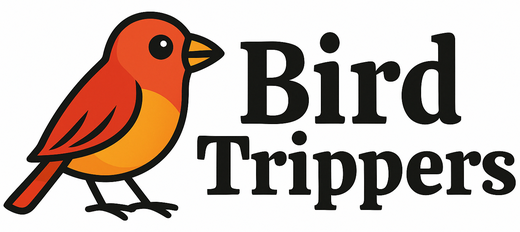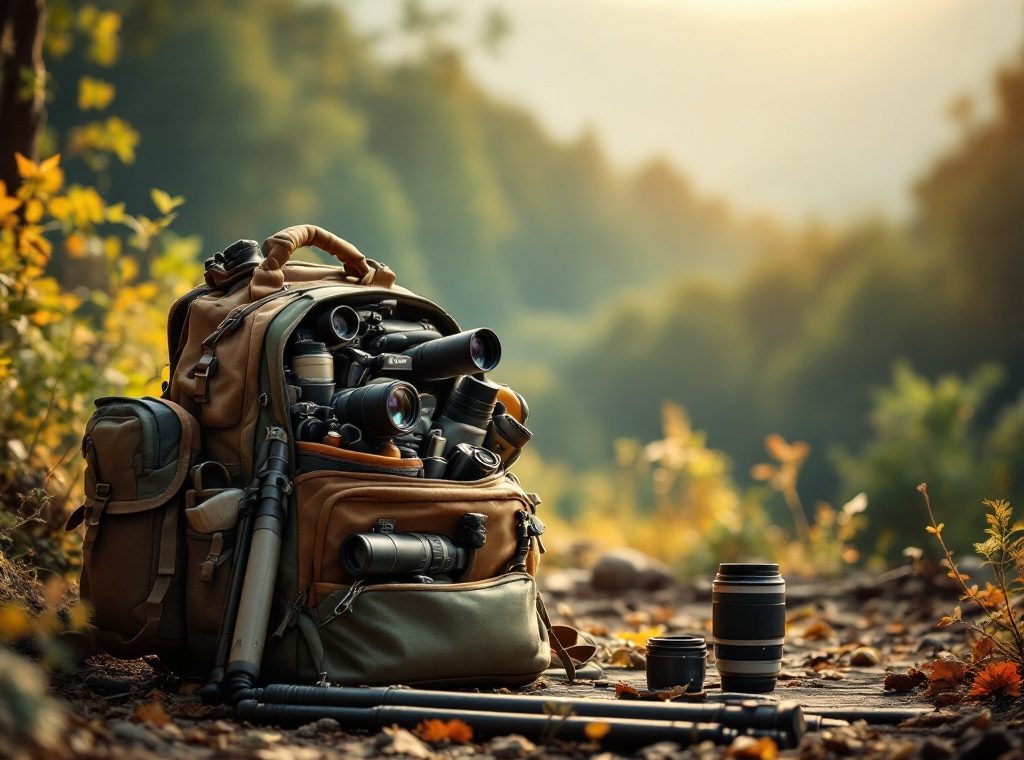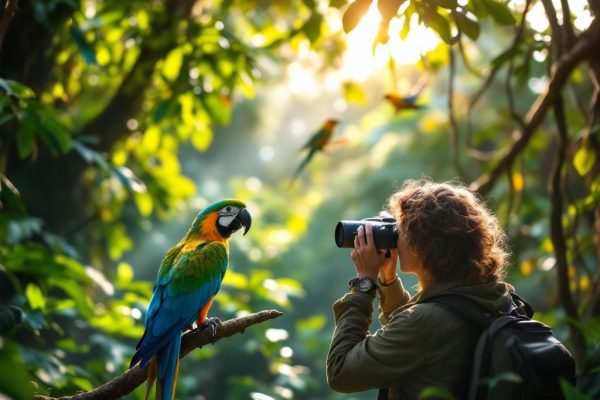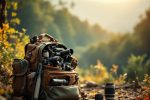Traveling with the Equipment for Bird Watching
Ready to take your birdwatching to new heights? Discover essential tips for packing and traveling with your birding gear, from binoculars and spotting scopes to cameras and tripods. Learn how to protect your equipment during air travel and road trips, ensuring safe and convenient transport. Maximize your birding adventures with our comprehensive guide – start planning your next unforgettable trip today!
Important information
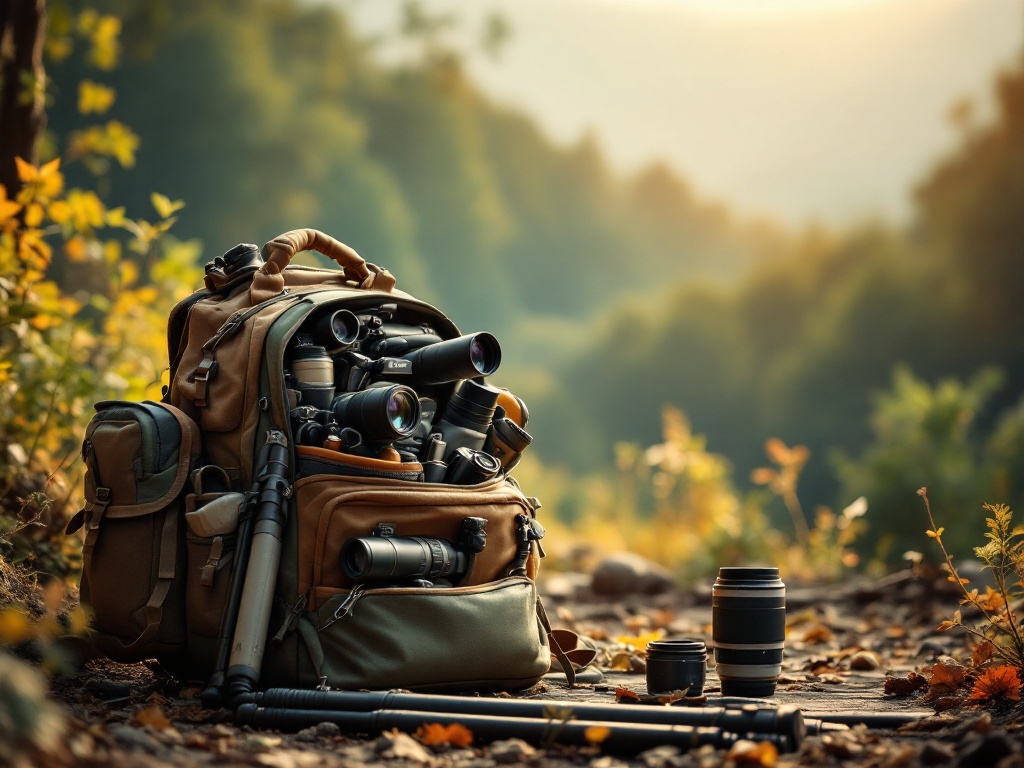
- Essential gear for birdwatching includes binoculars, a spotting scope, a field guide specific to your location, and a comfortable backpack.
- Protect yourself from the elements with weather-appropriate clothing, sturdy footwear, sunscreen, insect repellent, and a hat.
- Record your sightings in a notebook and capture photos with a camera and telephoto lens. Protect your equipment with durable cases.
- A first-aid kit, water, and snacks are crucial for comfort and safety during your birdwatching outings.
- When traveling by air, check airline regulations for carry-on and checked baggage restrictions regarding equipment like tripods and telescopes.
Travel Preparation for Bird Watching
Pack smart for your next birdwatching trip. Essential items include lightweight binoculars and a spotting scope for clear observation. Carry your gear in a comfortable backpack, along with a field guide specific to your birding location. Don’t forget weather-appropriate clothing and sturdy footwear for comfort during long hours outdoors. A notebook is useful for logging sightings, while a camera with a telephoto lens helps capture stunning bird photos. Protect your equipment with durable cases. Finally, pack essentials like sunscreen, insect repellent, and a hat for protection from the elements.
Essential Gear
- Lightweight binoculars,
- Spotting scope,
- Comfortable backpack,
- Field guide (destination-specific).
Clothing and Protection
- Weather-appropriate clothing,
- Sturdy footwear,
- Sunscreen,
- Insect repellent,
- Hat.
Recording and Capture
- Notebook,
- Camera with telephoto lens,
- Durable cases for equipment.
What to Pack in Your Birdwatching Kit
Enhance your birdwatching experience with smart packing. Essential gear includes binoculars for close-up views and a field guide for species identification. Jot down your observations in a notebook and capture memorable moments with a camera. Comfort is also important. A first-aid kit handles minor mishaps, while appropriate clothing is crucial. Pack water and snacks to stay energized. Finally, a sturdy backpack carries all your essentials.
Essential gear:
- binoculars for close-up views,
- field guide for species identification,
- notebook for observations,
- camera for capturing moments.
Comfort and safety:
- first-aid kit for minor mishaps,
- appropriate clothing,
- water and snacks for energy,
- sturdy backpack to carry everything.
Importance of a Rucksack for Carrying Birding Gear
A rucksack is essential for any birdwatcher, keeping your hands free for using spotting scopes and binoculars. Pack it with field guides, notebooks, cameras, and other gear. This mobility is key for navigating varied terrain while maintaining balance. A well-organized rucksack also allows quick access to essentials, crucial for capturing fleeting glimpses of rare birds.
Staying Hydrated and Energized: Water and Snacks
Pack water and snacks for your birdwatching trip to stay hydrated and energized. Hydration is especially important on longer outings, while snacks provide sustained energy for extended observation.
First Aid Kit Essentials for Birding Emergencies
A basic first aid kit is essential for any birding trip. Pack the following items:
- Antiseptic wipes for cleaning cuts,
- Bandages to cover wounds,
- Blister treatment (especially for longer treks),
- Pain relievers for aches,
- Insect repellent,
- Sunscreen for sun protection,
- Tweezers for removing splinters,
- A whistle for emergencies, and
- A small knife or multi-tool.
Enjoy your birding adventures!
Traveling by Air with Birding Gear
Planning your birding trip by air? Ensure your gear complies with TSA regulations. Binoculars and spotting scopes are generally allowed in carry-on luggage. However, tripods may need to be checked depending on their size and specific airline policies. Protect your DSLR camera and lenses in a padded bag for safe transport in the cabin. Larger equipment, such as telescopes, should be packed in a protective case and checked.
Carry-on Luggage
- binoculars,
- spotting scopes,
- DSLR camera and lenses in a padded bag.
Checked Luggage
- tripods (depending on size and airline policies),
- telescopes in a protective case.
Before your trip, consult your airline’s website for size and weight restrictions and baggage fees to avoid surprises at the airport.
TSA Guidelines for Birding Equipment in Hand Luggage
Pack binoculars and spotting scopes in your carry-on baggage, ideally inside a protective case. However, it is always recommended to check the TSA website for the latest regulations.
Packing Techniques for Binoculars and Optical Equipment
Padded cases are crucial for safeguarding binoculars and other sensitive optical equipment, providing a vital protective layer. When packing, secure these cases within your luggage to prevent travel damage. For particularly fragile or pricey items, consider hand-carrying them. Check airline rules beforehand, as they may vary. This added precaution offers greater peace of mind.
Protecting Your DSLR Camera and Scope in Checked Baggage
Safeguard your DSLR and scopes with custom-fitted hard cases. Before storing your equipment, detach the lenses and secure all moving parts with straps or padding. Fill any empty spaces with foam or clothing to prevent shifting during transport. Consider insuring this valuable equipment against loss or damage for added peace of mind. Here’s a step-by-step guide to protecting your gear:
Choose a custom-fitted hard case designed for your specific DSLR or scope model to ensure optimal protection.
Detach lenses from your camera body before storing to minimize the risk of damage to the mounts or internal components.
Secure all moving parts, such as focusing rings and zoom mechanisms, with straps or padding to prevent them from shifting during transport.
Fill any empty spaces within the case with foam inserts, crumpled clothing, or other soft materials to minimize movement and prevent your equipment from bumping against each other.
Consider insuring your valuable DSLR and scope equipment against loss, theft, or accidental damage for added peace of mind.
Driving with Bird Watching Equipment
Road trips offer birders unparalleled freedom, allowing for spontaneous itinerary adjustments and the discovery of hidden gems. Remote birding locations, often inaccessible by public transport, become easily reachable by car, opening up diverse habitats and increasing the chances of spotting rare species. The ample storage space accommodates essential equipment like scopes, tripods, and cameras, enriching the birding experience. However, it’s important to be mindful of driving’s environmental impact.
Advantages of Driving for Birding: Flexibility and Accessibility
Driving offers birders unparalleled freedom to explore remote areas inaccessible by public transport. This allows personalized schedules and convenient transport of essential gear, like scopes, tripods, and cameras, enhancing the birding experience.
How to Organize Your Birdwatching Kit in a Vehicle
For convenient wildlife viewing, keep essentials like binoculars, field guides, and notebooks within easy reach in the car. Secure everything to prevent damage during travel.
Organizers and containers are excellent for maintaining a tidy and safe storage system, preventing items from shifting while on the road.
Less frequently used items, such as spotting scopes and tripods, can be stored in the trunk or under the seats.
Labeling these containers, perhaps designating one for optics and another for field guides, allows for quick identification. Above all, prioritize safety by securing all loose items for a smooth and enjoyable trip.
